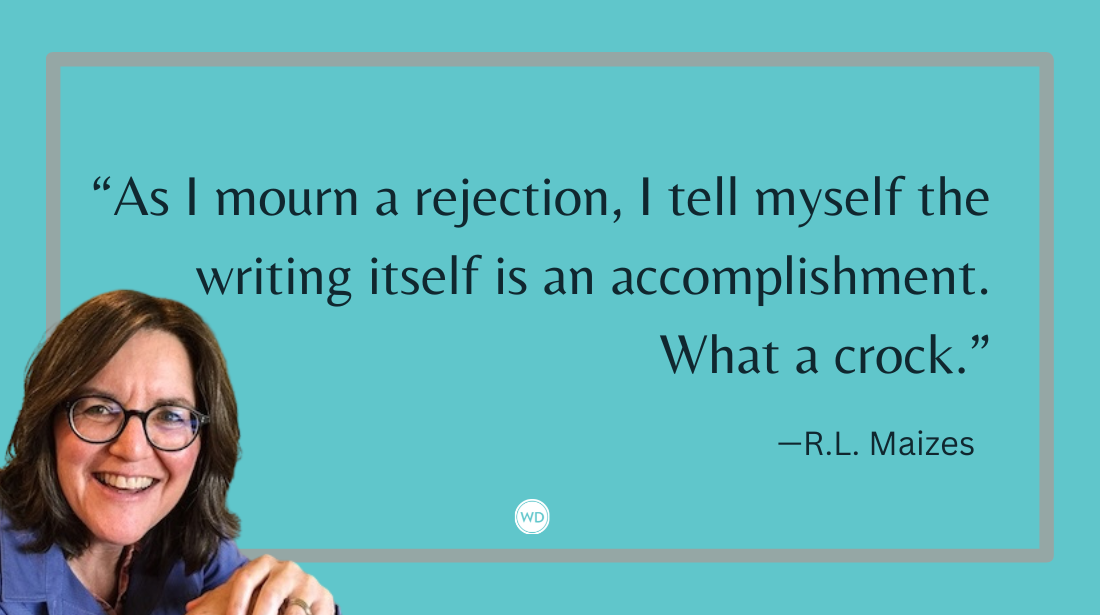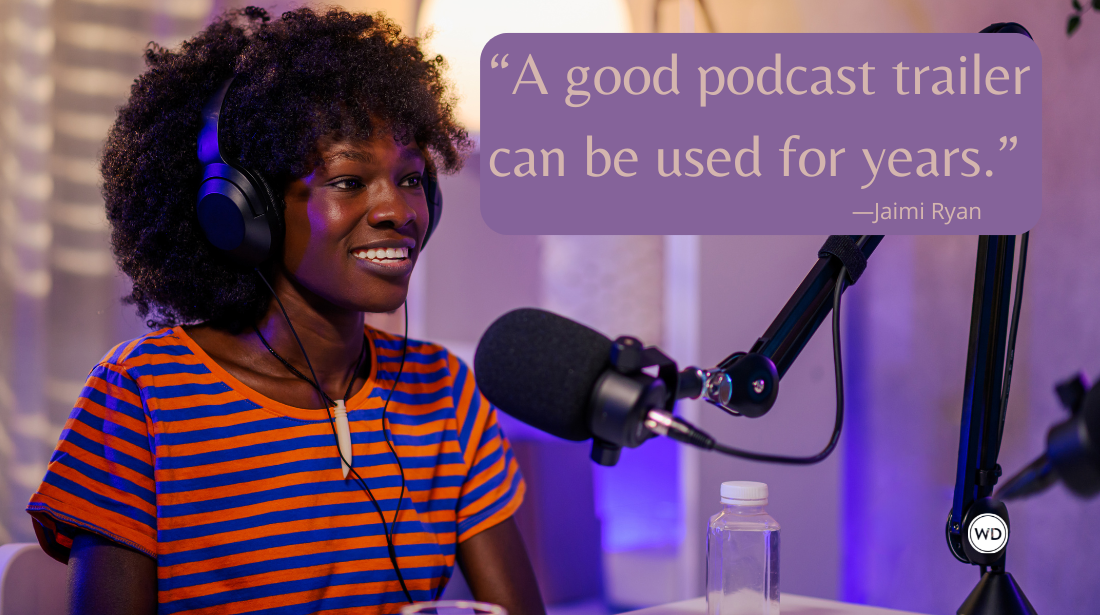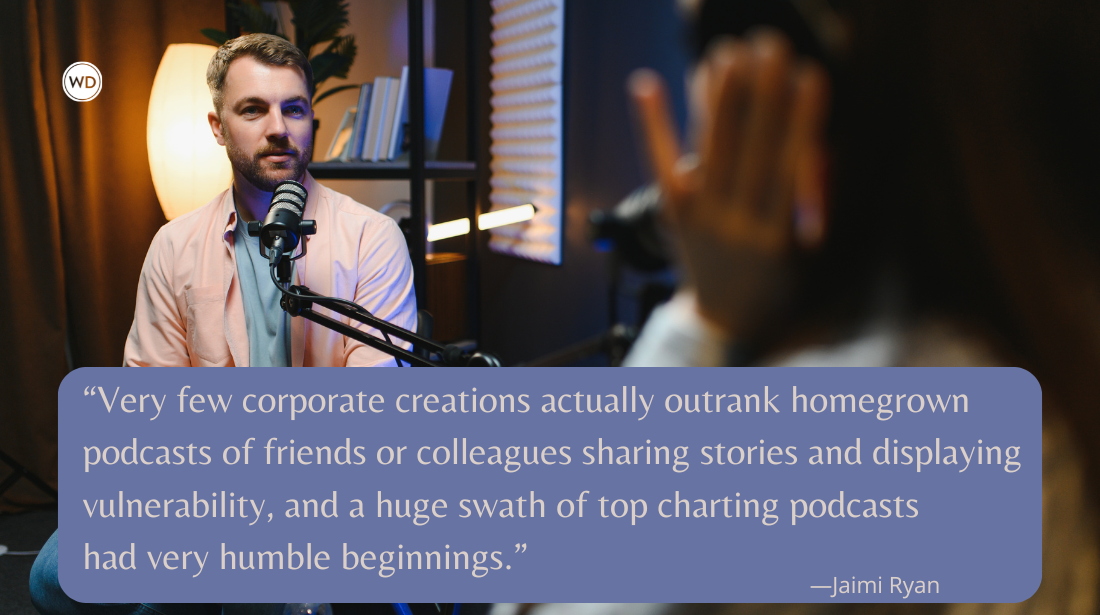Pitching Articles: 5 Tips for a Successful Freelance Writing Pitch
If you want to make a living writing for your favorite publications, you need to perfect your freelance writing pitch. Here are a few things to keep in mind when pitching articles for magazines, newspapers and the web.
If you’re a freelance journalist or blogger eager to earn income from writing and reporting, learning to create an engaging pitch is crucial. Many writers complain, “I have a great story. How do I get the editors interested in it?”
The answer is simple: Perfect your writing pitch. Here are some tips to help you master the art of pitching articles and getting an editor’s attention.
1. Do Your Homework.
Find the appropriate editor of a good target publication online. Try a Twitter search. For example, in Twitter’s search bar, you could search for “Refinery29” “editor.” From there, you get a listing of accounts whose bios match those search terms. Many of the people listed will have email addresses and contact info in their bios, as well.
- Look for email formatting clues. For example, Buzzfeed uses the firstname.lastname@buzzfeed.com formula. With that, you can figure out any editor’s email address.
- Once you find the email address of the editor to whom you want to pitch, address them by name in your email (and, for goodness’s sake, spell their name correctly!).
Familiarize yourself with the publication that you’re pitching to, so that you're sure they show an interest in the type of story you want them to publish. For example, Writer's Digest would have no interest in a story about deer hunting.
2. Grab Their Attention.
The subject line in your email should be a short, catchy headline (no more than 65 characters) that sums up your piece and screams, “Open this email and publish this story!” Think click bait. For example, if I were pitching an op-ed about Beyoncé, my subject line wouldn’t be “Pitch: Beyoncé.” My pitch would be a quirky headline/angle: something like, “Pitch: How Beyoncé Nearly Killed My Marriage.” This may not be the headline in my finished piece, but it definitely grabs an editor’s attention more than just a keyword or a topic.
*****
*****
3. Keep It Brief.
For an email pitch, you want to stay around two to three paragraphs. Editors are busy. Try not to be too long-winded.
Make Sure Your Pitch Includes:
- A possible headline. Editors may change it, but it helps to provide one.
- The stance you’re taking. For example: If you’re writing about Black Panther, was it the best Marvel movie ever (yes), or was it overrated? What is your position?
- WHY. This is the most important part of the pitch—yet it’s also a part many people forget. Why does your position matter? Convince the editor that your story should be read. Explain your story’s value.
Stories that engage the human element behind a product or event are often successful. For example, is your story about a single mom who started a daycare for special needs kids after difficulty finding childcare for her own child? People will connect with that mother’s struggle, her lessons learned, and the journey that led her to create that business.
Interesting and quirky stories about the events or people that inspired a book, brand, product, or event also grab media attention.
Stories that involve social issues often get attention as well.
Stories that teach or offer a benefit to their audience work, too. Think about how-to articles or “expert” advice pieces.
Explain why the piece will connect with their readers; tailor pitches to the publication. Tell them why your story is timely, unique, significant and interesting. Mention a few points that you will make in your article. If you think you have written about an important issue, explain why it's important in your summary. Many times, readers will agree.
4. Be Clear, Simple and to the Point.
Include enough information to explain what is going on and why it is newsworthy. This section should be no longer than a paragraph or two (no more than 100 words per summary).
- Include the format. Is your piece an essay? An interview? List? Let the editor know what to expect.
Indicate key sources. Where did you find the facts to back up the information in your story? Other news sources? Interviews? Let the editor know.
Give a deadline. Write a simple sentence to let the editor know how long they have before you pitch the story to other sources. For example, you can say, "If interested, please reply within one day. If I don’t get a response at that time, this story will be pitched somewhere else. Thank you."Many times, editors do not reply to pitches in which they are not interested, so, if you don’t get a reply, you can give them one gentle nudge—just to be sure your email didn’t get lost in their inbox. After that, if you don’t hear back, assume they have declined your story, and pitch it to the next publication.
Attach your portfolio. Give the editor a sample of the article you are pitching, as well as links to other writing samples, so they can check out your style. This should come at the bottom of the pitch.
Include your contact information. Give editors an email and phone number so they can reach you if they have questions.
5. And Most Importantly:Check Spelling, Facts, Grammar, and Tone.
Summary/Quick Tips:
Email is best for approaching editors. Include a brief and clear top line that sums up the article or story. If you are pitching news, this is most likely the first line of your story. Follow that with about 100 words of context and supportive background information.
Here is an example:
[Subject Line/Headline] Pitch: There Are No Such Things as Sluts and Vampires
[Stance] This essay would outline the ways that slut-shaming is problematic because such practices diminish women, excuse rape, and validate rapists while attacking the victim. The word “slut” should be perceived as fictional, the same way that vampires and other mythical creatures are fictional. Through reporting and talking to victims, this piece will explore the reason why our society needs to end slut-shaming once and for all.
Format: Essay
Resources I will use: KTLA5News Interviews with [all of the people you are interviewing]
Like the sample above, your 100 words or so of context should include information that backs up your opening line and helps to explain why your story is newsworthy.
Below that, include your bio: a brief summary of who you are, including any prior publications. Then, link to writing samples from those previous publications, if they are available, so the editor gets a feel for your style and qualifications.
No Previous Publications? That’s OK. Demonstrate your writing skill by sending the completed piece. That way, the editor can see precisely what you have written and how much editing work the piece will need.
Now What?
Don’t just stare at your inbox. Be persistent. Call and follow up. See if your pitch was read. Courtesy and charisma can help improve your results.
Do …
- Target your pitches. Pick the right section and editor for your story.
- Include a clear, concise headline for your article.
- Include a bio and contact information.
Don't …
- Pitch to a publication you haven’t read. Know that your style matches what they publish.
- Give up! If you get no reply, follow up with a phone call. If that fails, pitch the story to another publication.
If you start using the tips above, writing pitches will become easy, quick, and effective in no time. Keep practicing and pitching… And I’ll see you in print.
J.D. Myall holds a BS in Criminal Justice from West Chester University, and an MFA in Creative Writing from Drexel University, where she co-chairs the MFA alumni committee. She has counseled crime victims, addicts, and the mentally ill, and is published in MS Magazine, Writer’s Digest, and HuffPost. Myall teaches creative writing and writes feminist fantasies exploring race and class. Her upcoming book, Heart's Gambit, is set to be published in the winter of 2026. Find her at jdmyall.com.









